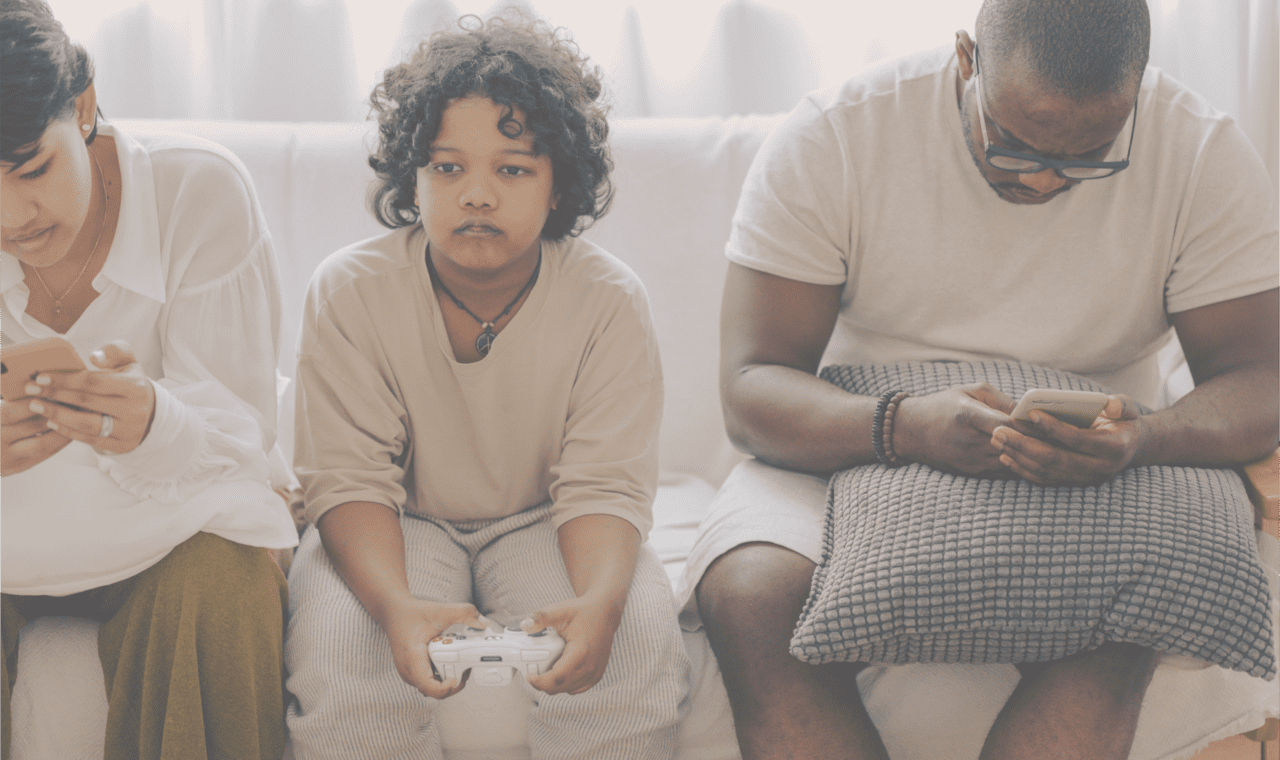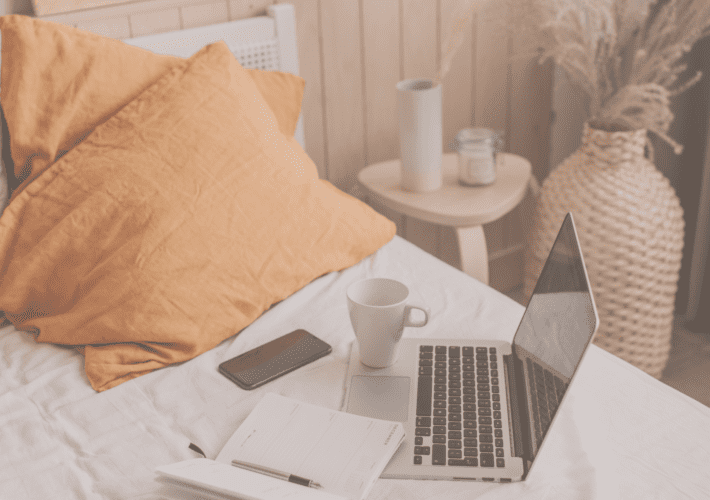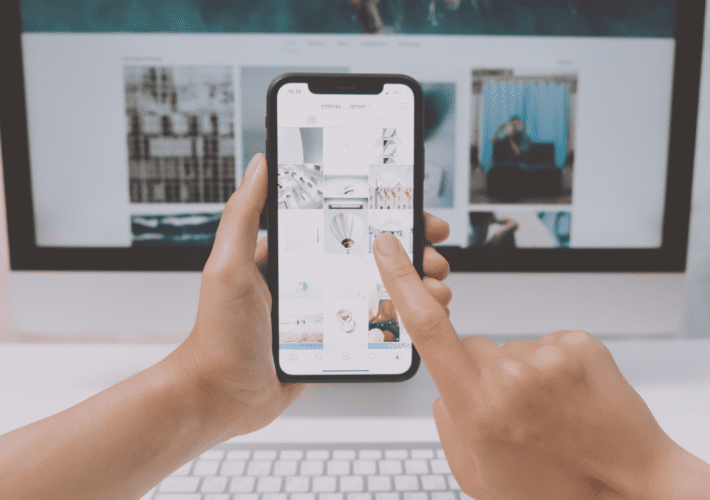We often claim that “time is money,” but not when it involves scrolling through your favorite creator’s Instagram skits or the newest TikTok video. You have your to-dos piled up, but just one Twitter notification and you’re a goner! Before you know it, it’s been 3hours, and you’re still on the new #silhouette challenge trend trying to speculate who the winner will be. See, I get it, we’ve all been there, and It’s not entirely your fault because these apps are designed that way. Social media addiction is not a habit we consciously choose to adopt; instead, it is a habit that develops over time and eventually takes over our lives.
According to Gitnux, over 60% of college students in the US are addicted to social media, spending up to 9 hours daily. Africa business insider also ranks Nigeria with the most addicted social media users in Africa.
Even though my daily screen time is just 4+ hours, I spent close to an hour surfing the internet for no particular reason before writing this blog post. Maybe to procrastinate; who knows? But the point is that we are all victims of this, and the more we become intentional about how much time we spend on these platforms, the better.
One technique that has been proven effective by medical practitioners to help reduce social media addiction is social media detox. Let’s find out what social media detox means and whether it’s worth it.
What is Social Media Detox?
Social media detox involves consciously taking time off all social media platforms for a particular period. It could be for 10 or 30 days or more. The primary goal is not to have any access to social media until that speculated period is complete.
Early 2020 was the first time I took a break from any social media platform. I noticed I would spend hours on social media instead of learning to code. So, I deleted these apps to see how long I would last or if I could even do without social media at all. Well, I lasted two weeks and then a month the second time I tried.
The first 3days were almost miserable for me. I would unconsciously pick up my phone to search for the WhatsApp app and then laugh at myself when I realized it was gone. It felt like a huge part of me was gone, but that feeling also came with benefits.
- I suddenly had more free time.
- I learned that I only need some of the 24 hours in a day to get things done. Just a few hours of focus, and I will be good.
- I hate to see bad news; it gives me anxiety sometimes. So yeah, it was a moment of peace and tranquility for me.
- It made me see social media as “less important.” Leaving social media no longer seems like a big deal to me.
So, was it worth it? ABSOLUTELY!
Practicing social media detox is the best advice I will give anyone addicted to social media. But then, I know many of our lives and businesses are incorporated into social media, so I will not tell you to quit if you don’t want to. Still, one thing that we can do is moderately use these platforms and be the ones to control them rather than the other way around.
Get Rid of Social Media Addiction: How to Use social media in Moderation
This seems easy, but it’s a habit that might be difficult to learn if you’re addicted. Let’s discuss how we can gradually achieve this in the following points.
Put Off Notifications
The easiest way to get distracted every minute of the day is by having notifications on your screen every time. Push notifications are like viruses to me, and they can sometimes be annoying-I know someone reading this can relate:).
Turning them off can put you more in control and help with how often you check your phone or social media. If you are a business owner, you’re thinking, “Nah, I can’t do that. I’ll lose customers,”. Well, you can choose the type of notifications you wish to get at a particular time of the day. Just private DMs from customers will do. Or better still, set up an e-commerce website or shop and have people place orders directly. You can set up a shop on selar.co or use the Flutterwave store.
Measure Screentime and Set App Limits
A good start to setting screen limits is understanding how long you spend on every social media platform daily. IOS and Android phones come with inbuilt screen-time functions that help to track hours spent on each platform daily. The android version is called “digital well-being.” To set this up, go to settings, click” digital well-being and parental control,” and follow the instruction.
On IOS, go to settings, click “screentime. Tap “turn on screen time,” and follow the instructions. You can check the average time spent on social media, productivity, finance apps, etc.

If you notice that you clock more than 9 hours on average on social media daily, then it’s time to set app limits.
Setting daily app limits stops you from using specific applications after the limit you selected for that day has been completed. For example, if Instagram and Twitter are my biggest time sink, I can set my daily usage to 4 hours for all social media platforms. Once this limit is reached, I will be blocked from using the social apps on my phone until I set it to do otherwise.
Change Your Environment
Our environment is one of the biggest enablers of good or bad habits. To maintain a good habit, you must ensure that your environment enables it. The bad habit here is scrolling through social media for too long; the trigger is the phone itself. You can’t have your phone with you 24/7 and expect you won’t be triggered to use it. So, if you want to reduce your phone use, put it far away before sleep, at work, or during your most productive hours. Don’t worry if you feel uncomfortable with your phone being far away. It’s a sign that you’re doing well. All you need to do is get busy with something else, and you might even forget that you have a phone at some point.
Use the Web Version
If you’ve never tried to use the web versions of these social media applications, I think you should try them, and don’t forget to compare your experience with the mobile versions.
They take more time to load and aren’t as sleek as mobile apps. I deleted WhatsApp once and decided to use the web version from my PC. Whenever I’m distracted and want to log in to WhatsApp, it takes a while to connect and load my previous messages, so I usually just give up sometimes. This continued until I no longer had any interest in logging in anymore.
The goal is to make the experience uninteresting.

Clean Up Your Phone Screen.
I talked earlier about how our environment is the biggest enabler of bad habits. Your phone environment is not exempted. If you have all your social media apps on your home screen, there’s a chance that you will click on one of them the moment you unlock your phone. One trick to reduce this is to clean up your phone screen and hide your social media applications. You can reorganize your applications to make finding your social media applications harder.
According to the 20 seconds rule, you are more likely not to do a task if it takes you more than 20 seconds to decide whether to do it or not. The harder it is to find something, the faster it is for us to give up.
Conclusion
One cannot get rid of social media addiction in a day or even weeks. So, don’t worry about starting small. You can try to detox for a few days or weeks or even use two or three of the above tips to see how effective they are till you find what works for you.
The goal is to reduce the excitement of being on social media till you are not thrilled to be there anymore.
Good luck!






Leave a Comment